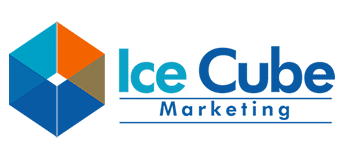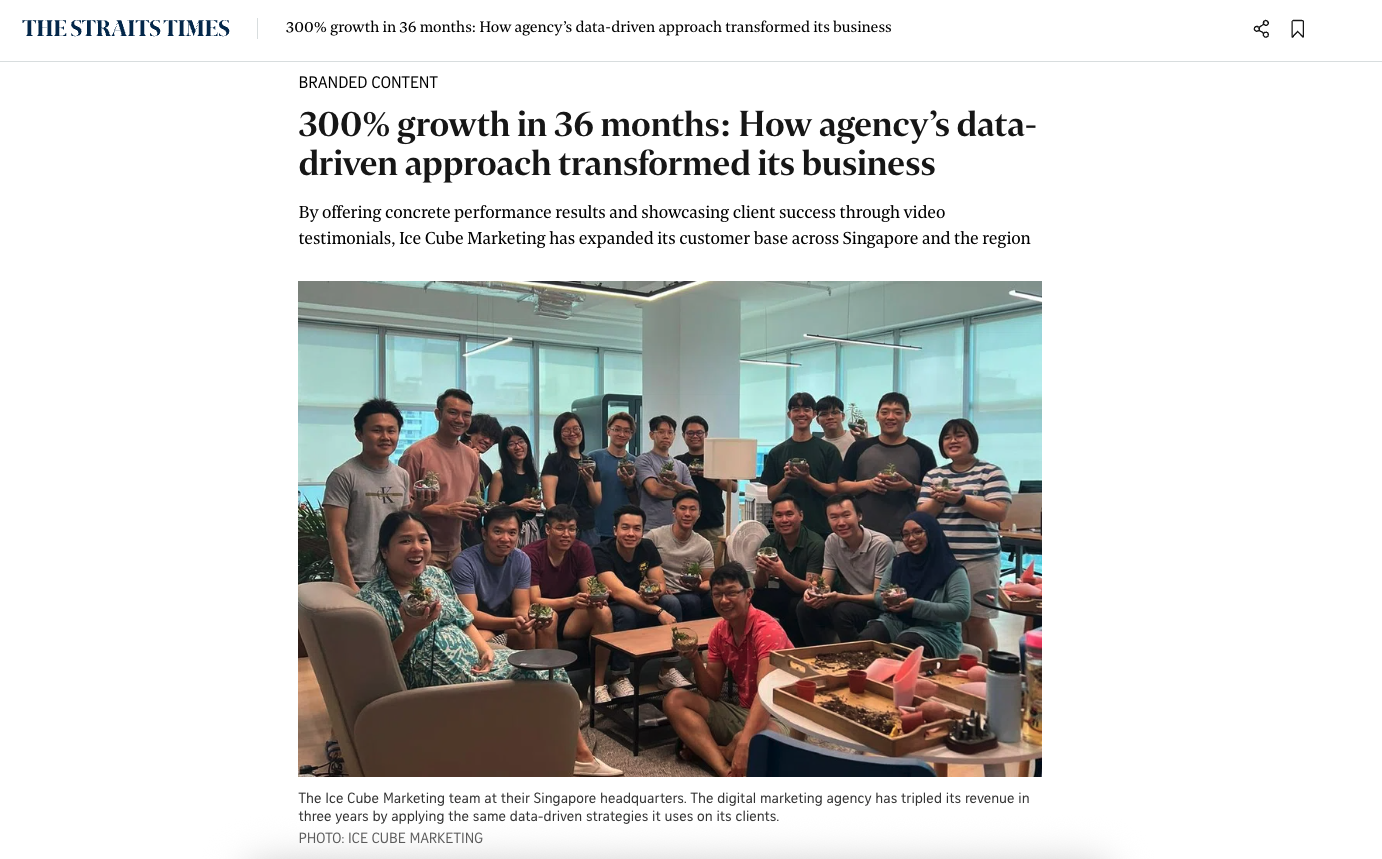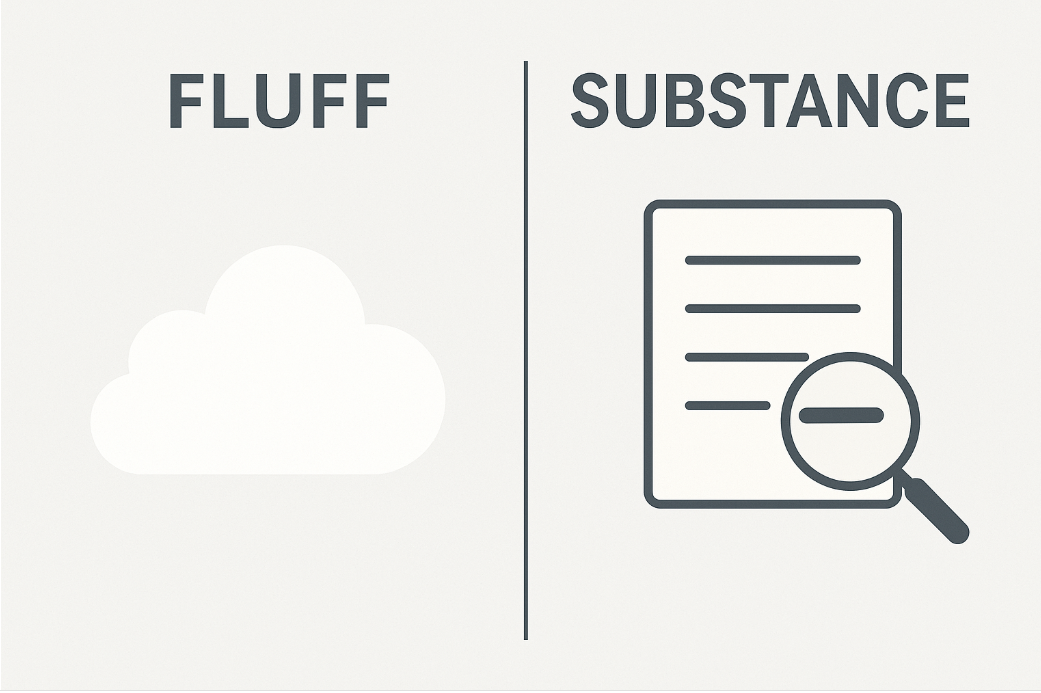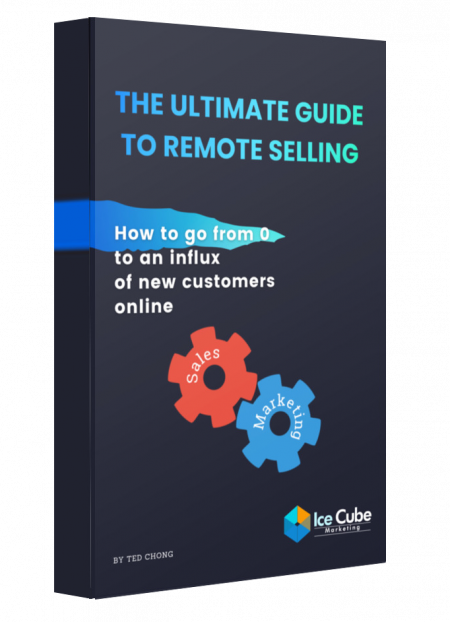Have you ever listened to someone speak for five straight minutes and walked away understanding absolutely nothing? You’re not alone. We’ve all encountered those moments—someone throws around fancy words, jargon, and vague statements, yet leaves us confused and unsatisfied. There’s no real substance, only fluff.
Fluff Is Obvious in Real Life — But Not Online
In person, we often pick up on fluff and empty talk quickly. But in the digital world, it’s harder to detect—especially when scrolling quickly through a Facebook feed. Just think about how many cliche ads you see daily:
“We are the best tuition agency.”
“We are the leading digital marketing agency in Singapore.”
“We provide excellent customer service and uphold high integrity.”
These claims are so common that they’ve become meaningless. The reason? Every company believes—or at least claims—they have great service and integrity. Nobody says, “We have terrible customer service” in an ad. So when businesses state the obvious, they say nothing at all.
Specificity Wins Attention
The key to standing out isn’t to talk louder—it’s to be more specific. Let’s say you ask a student whether they’ve completed their homework. One says, “Yes, I did it.” Another says, “I finished my trigonometry homework at 2 p.m. today in the school library.”
Who sounds more credible? Clearly, the second student—because they provide specific, verifiable details.
It works the same way in marketing. If your business claims to have excellent customer service, prove it. Share real data in your ad:
- How many people are on your customer service team?
- Do you offer 24/7 support?
- What’s your average response time—2 hours or 24 hours?
These are concrete, specific facts that add weight and credibility to your message.
Make Your USP Tangible
Your Unique Selling Proposition (USP) doesn’t have to be revolutionary. Even something as common as “good customer service” can be a compelling USP—if you back it with real details.
Take Singapore Airlines, for instance. They’re renowned for exceptional service, and it’s not just a claim. Every cabin crew member undergoes a minimum of four months of intensive training in safety, grooming, and cultural sensitivity. That’s why the claim is convincing—because it’s tangible.
Poor Ad Performance Often Starts With a Poor USP
One major reason Facebook ads fail isn’t because of bad targeting or budget mismanagement—it’s because the messaging lacks clarity. When audiences see an ad full of fluff and vague claims, they scroll past. They don’t engage.
And when people don’t click, Facebook punishes your campaign by raising your cost per click (CPC). The result? An ad that doesn’t perform, no matter how much you spend.
The ChatGPT Trap: Generic In, Generic Out
With AI tools like ChatGPT becoming more popular for writing copy, we’re seeing a rise in ads filled with vague, overused phrases.
“Our product is revolutionary.”
“We use cutting-edge technology.”
These statements sound impressive but say absolutely nothing.
Here’s the truth: it’s not ChatGPT’s fault. It’s a tool—and like any tool, it’s only as good as the information you give it. If you feed it vague prompts without insights into your audience or product, it will produce generic, uninspiring content.
The Secret Weapon: Google Reviews
Here’s the good news: you don’t need expensive market research to understand what your customers care about. There’s a free, underutilized treasure trove of insights available to every business—your Google reviews.
Customers are already telling you what they love and what they dislike. They’re openly sharing their desires, frustrations, and values. These aren’t assumptions. They’re real, firsthand insights.
Better yet, don’t just look at your own reviews. Read your competitors’ reviews too. What are their customers praising? What are they complaining about? These comments act like an answer key to an exam—they tell you what matters most to your audience.
Ads That Resonate Come From Real Insights
When you base your ad copy on real reviews and customer feedback, the result is powerful. Your audience feels like you’re reading their mind. That’s because you’re speaking their language, addressing their specific concerns, and reflecting their actual experiences.
This method of using real customer insights often feels like a cheat code. It’s so effective and yet so often overlooked.
Your USP Might Be Hiding in Plain Sight
Sometimes, business owners struggle to identify their own USP because they suffer from the curse of knowledge. They know their industry so well that everything starts to feel ordinary or obvious.
But your customers don’t have the same perspective. What seems routine to you might actually be highly valuable to them. When you read their reviews, you may realize they’re praising something you didn’t think was unique—and that could become your standout selling point.
A Simple Strategy for Better Results
The next time you sit down to write an ad, pause before typing. Don’t start with a generic statement. Instead:
- Read through your Google reviews and note common themes.
- Do the same for your competitors’ reviews.
- Identify the specific features or services that real customers value most.
- Translate those insights into clear, detailed ad copy.
Even this small amount of research can drastically improve your results. It transforms your messaging from fluff to substance—and that makes all the difference.
Final Thoughts
In a noisy digital world, vague promises won’t get you noticed. Specific, meaningful messages based on real customer feedback will. So take a moment to dig into your reviews, identify what truly matters to your audience, and bring those details into your marketing.
The result? Ads that connect, engage, and convert.










